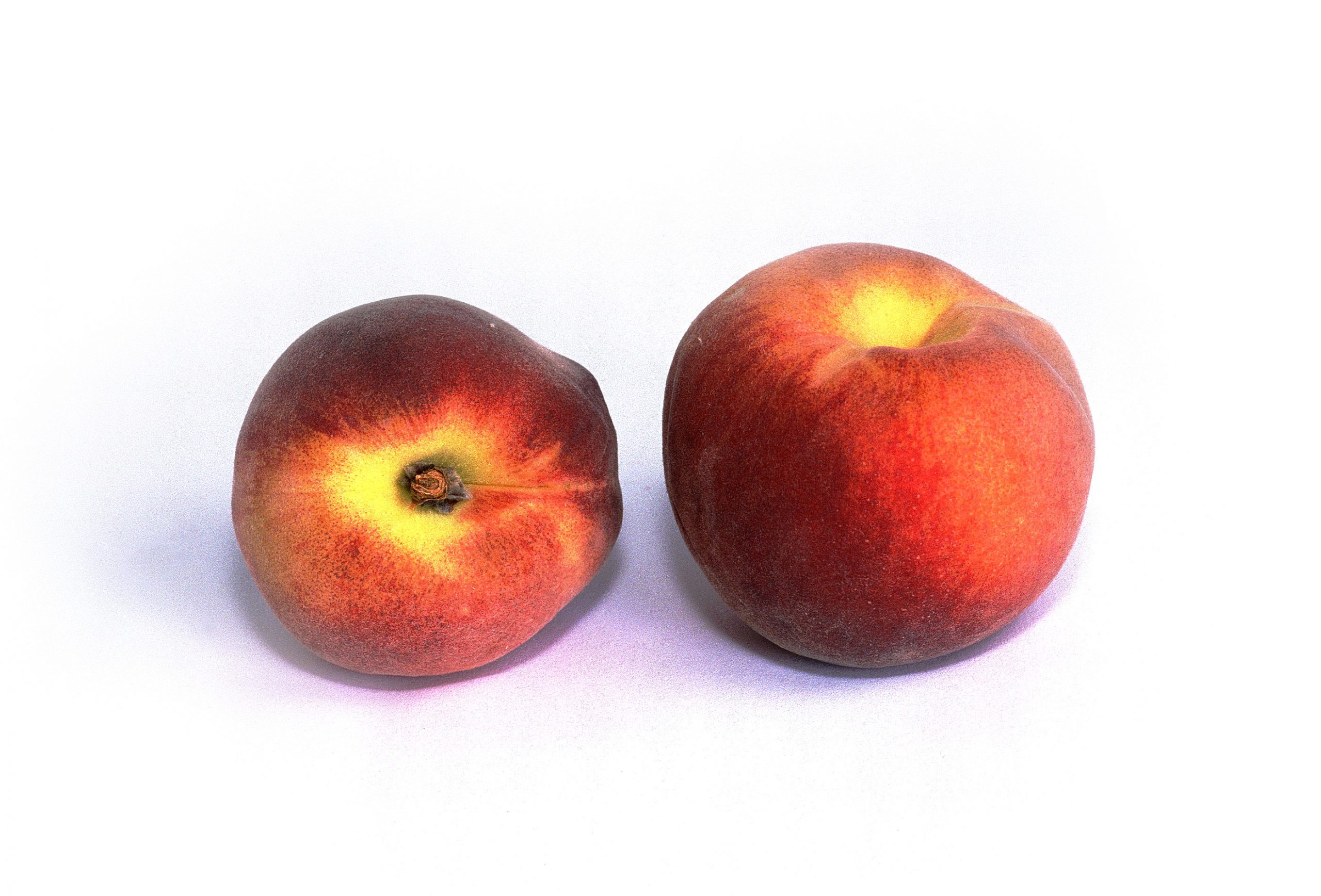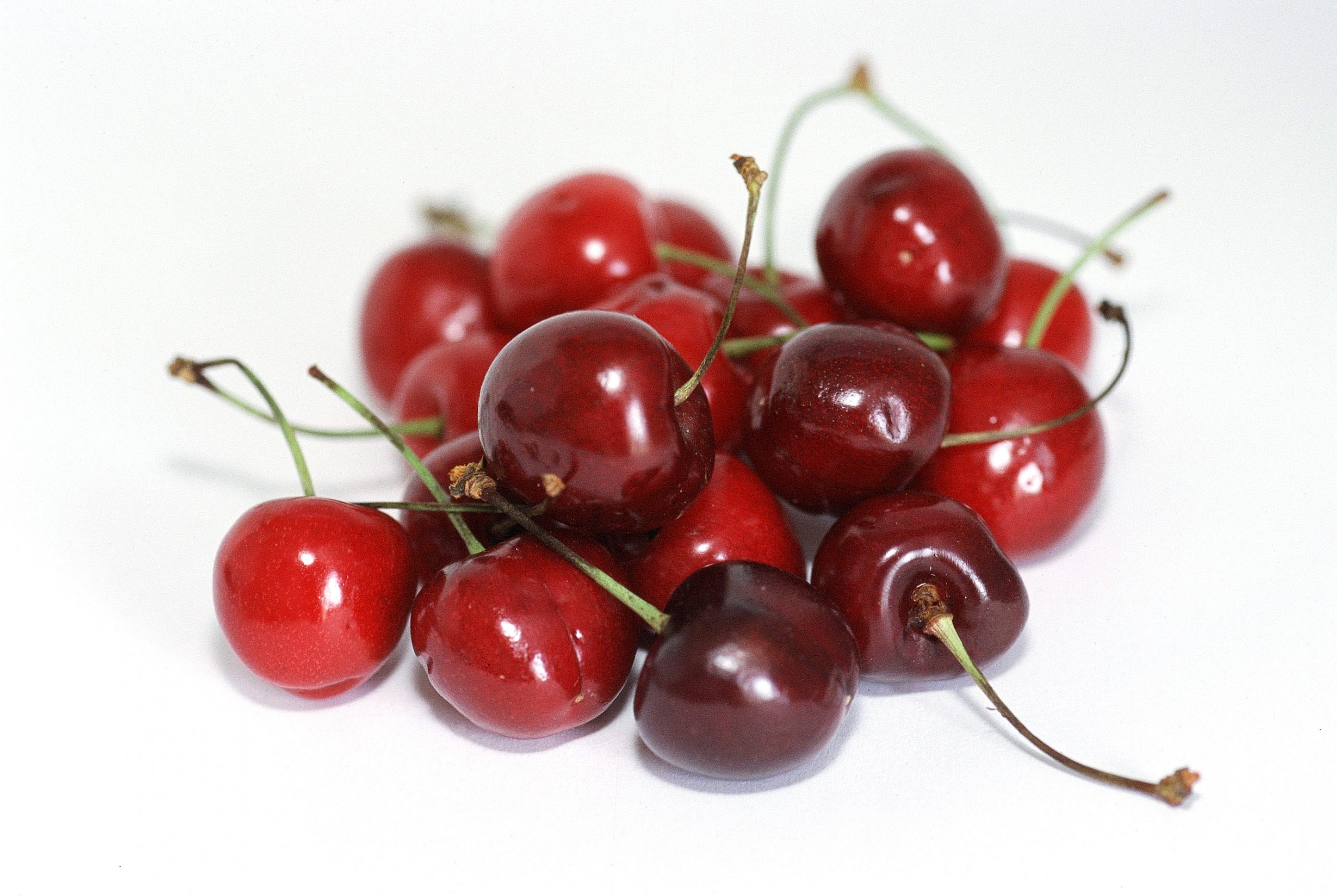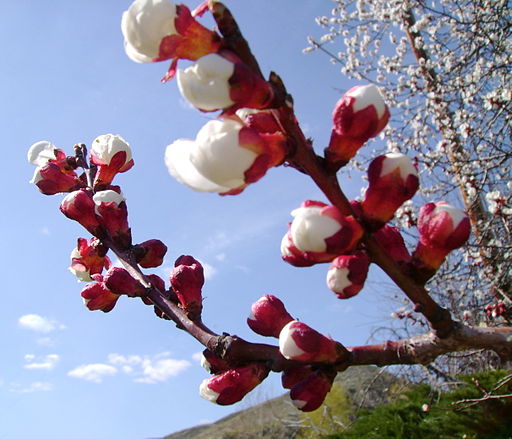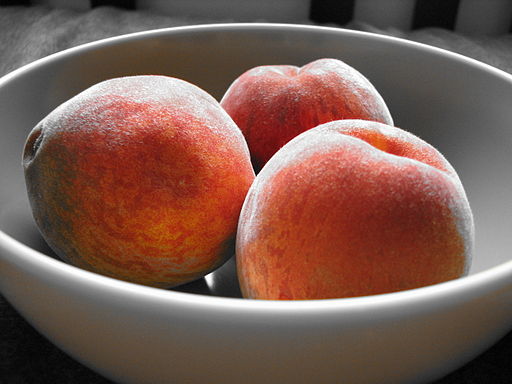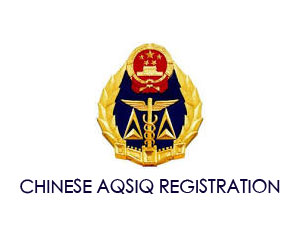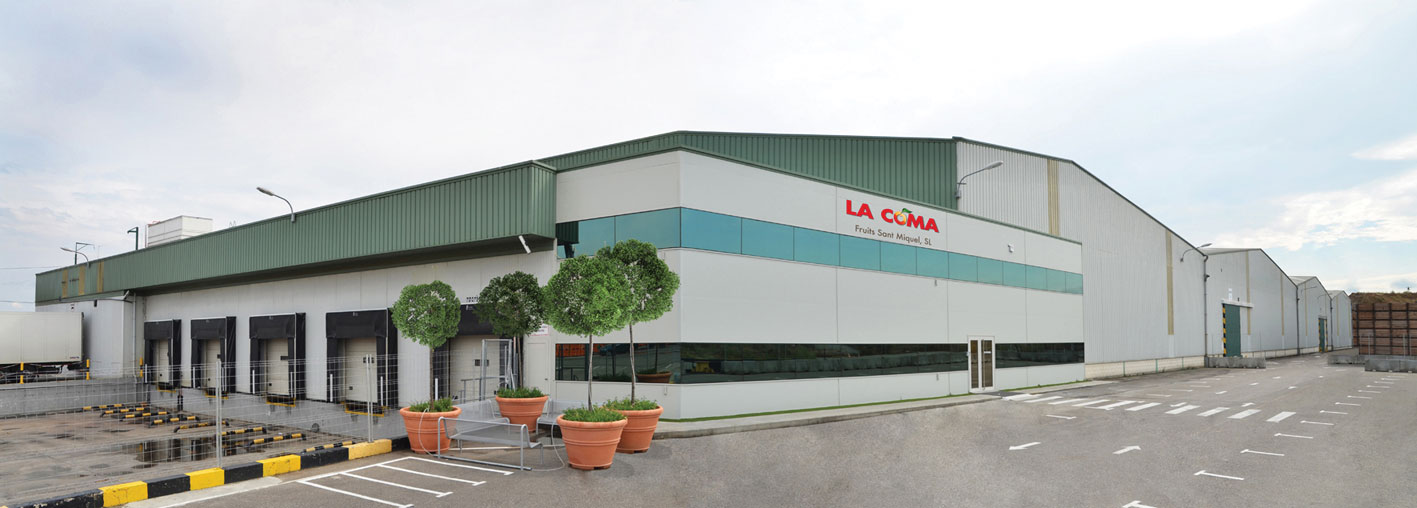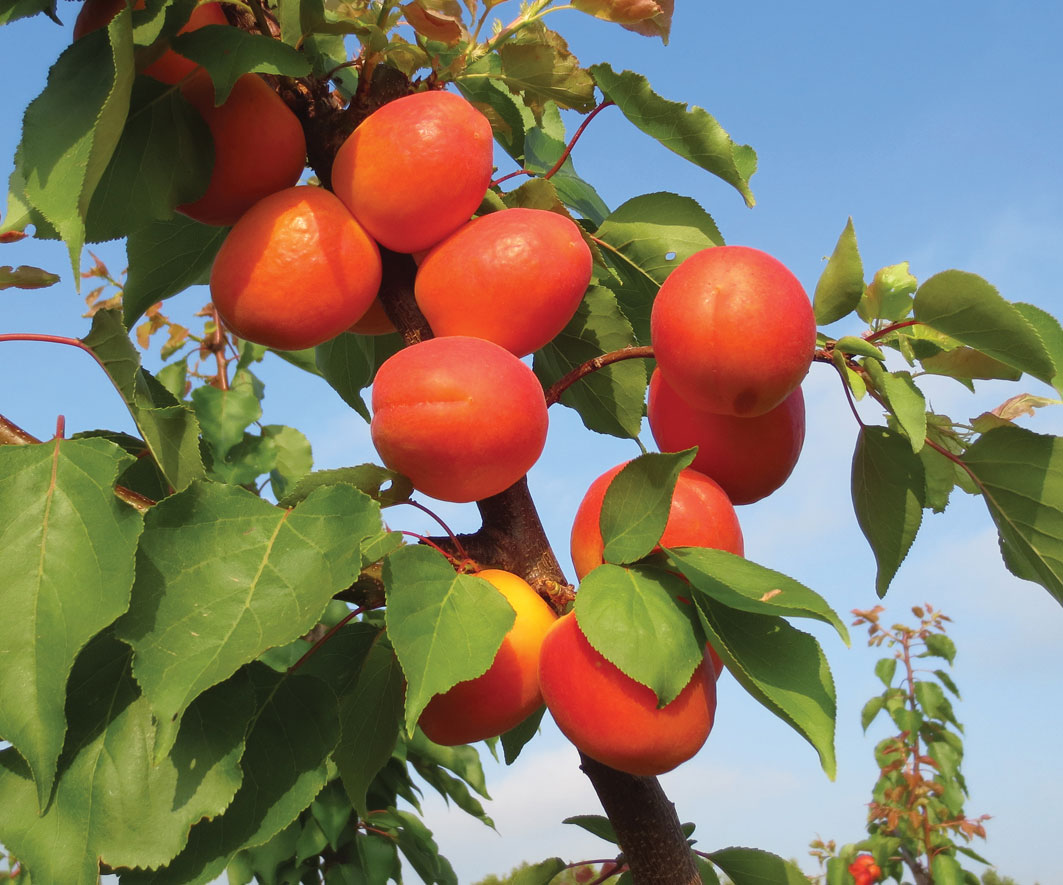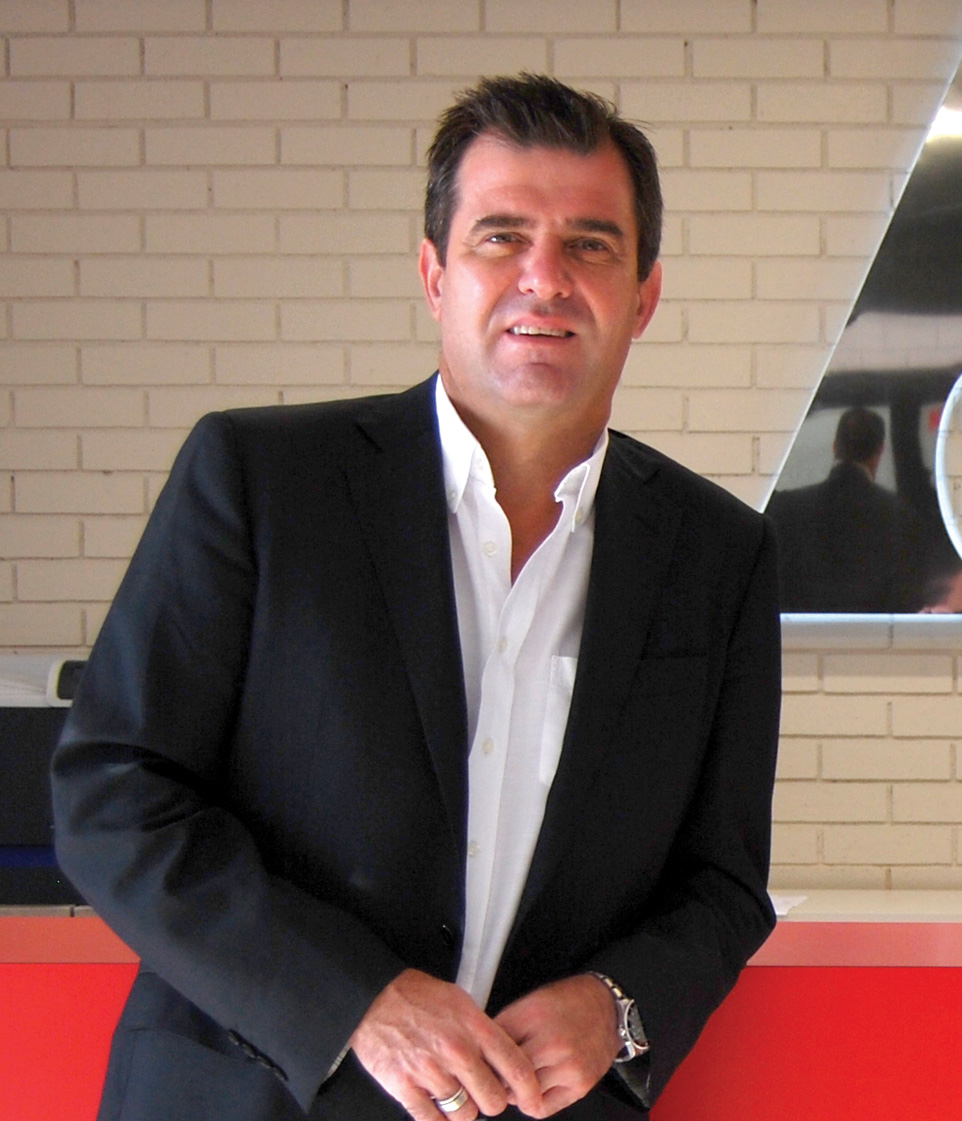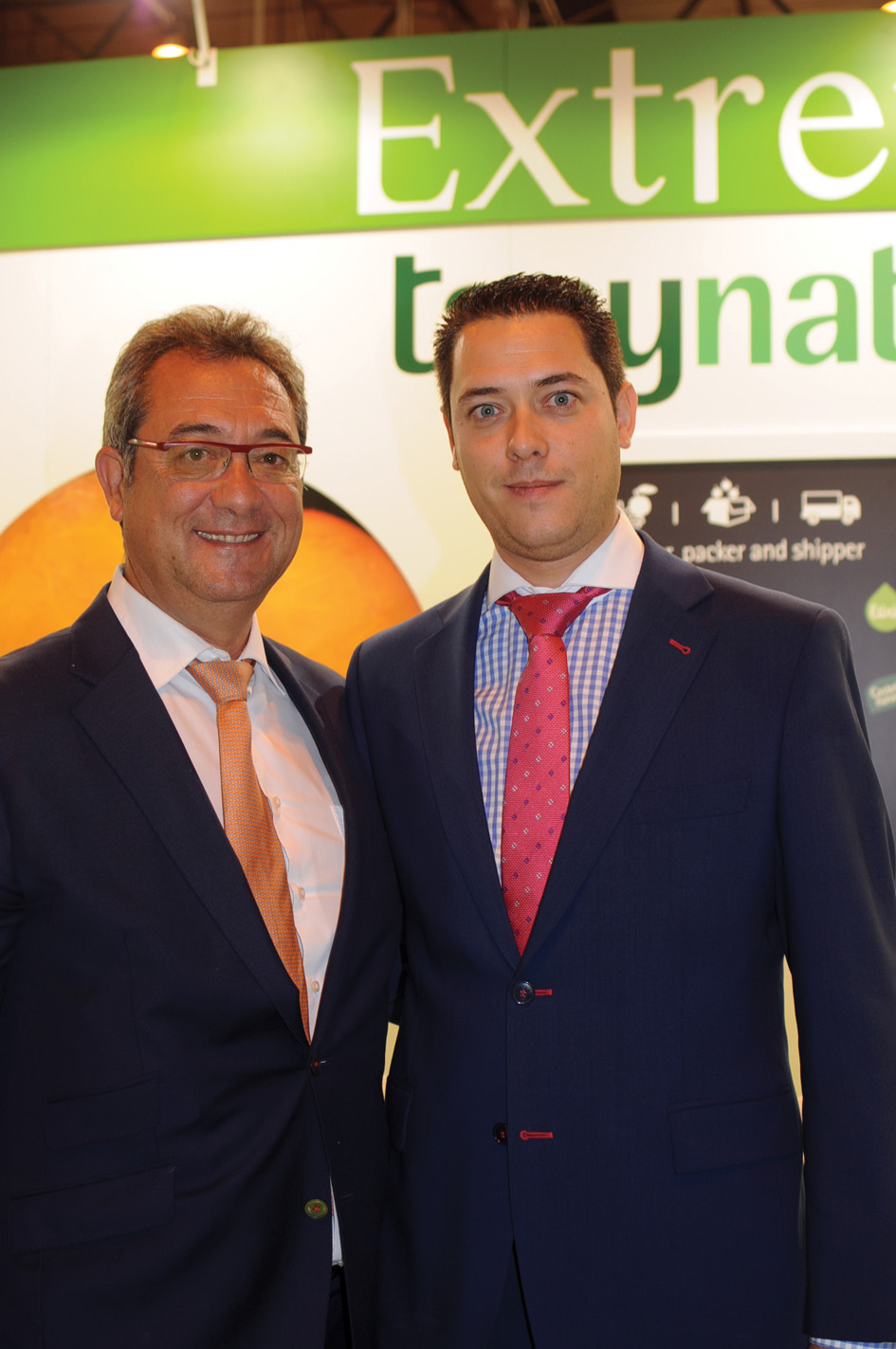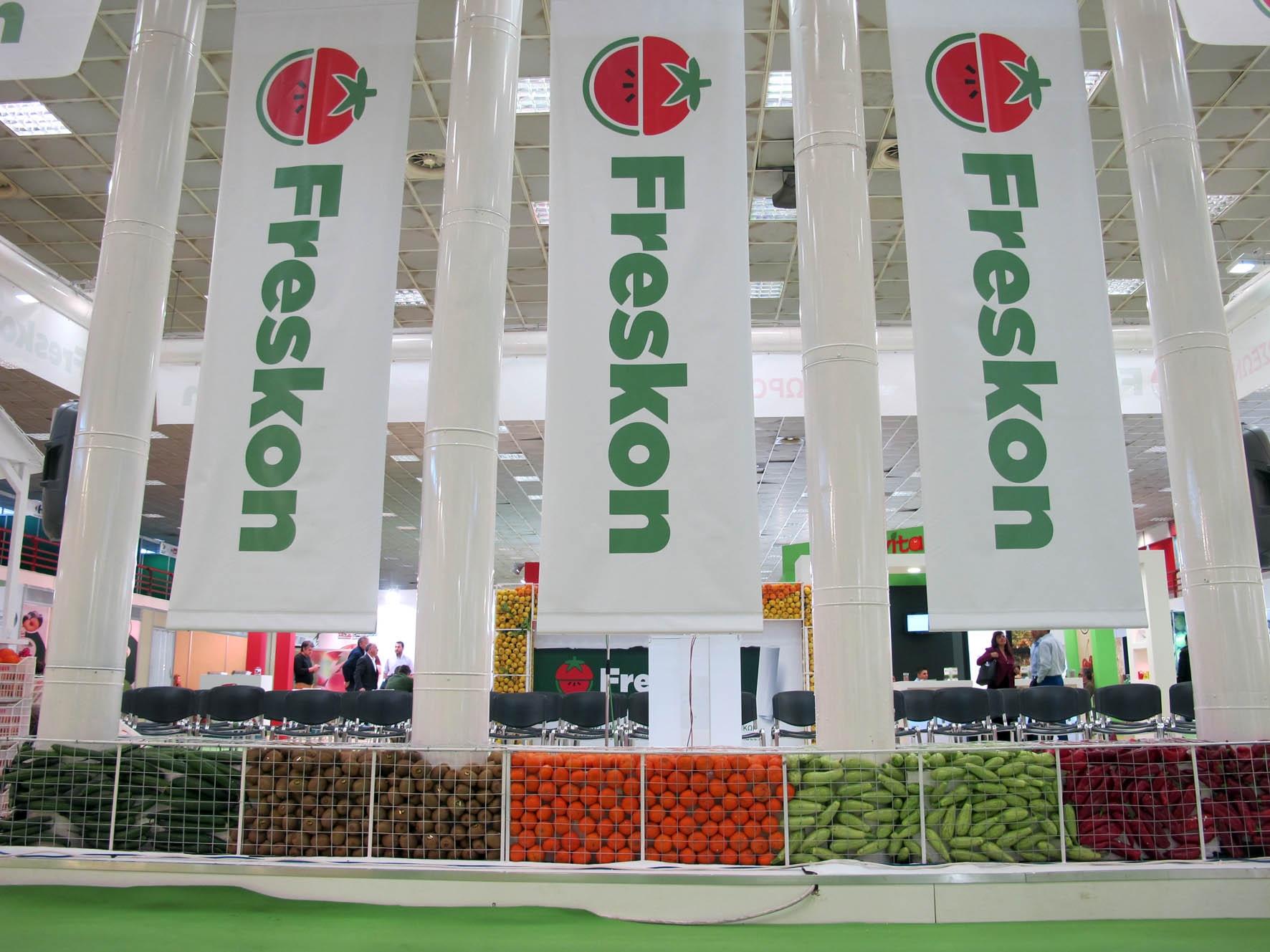
Held last month in Salonika (Thessaloniki), in Greece, Freskon brought together fruit producers and international buyers.
At the international trade show, Mario Njavro, from the University of Zagreb, spoke about managing the value chain in cherries, in particular the activities and services required to bring a product to sale in its final markets. Here are some highlights from his presentation.
Modern agriculture and its challenges
Agribusiness globally is constantly changing. The competition is getting tougher at all levels, globally and domestically, and environmental issues are becoming more important. The market structure has also been altering; retail chains are strengthening and consumer demands, legal and policy issues are constantly changing, too.
Modern horticulture has been on the rise recently. Fresh fruit and vegetable supply chains are estimated to be worth more than €120 billion a year, with approximately 550,000 employees and 1.4 million farm holdings.
Thanks to increased incomes and the transformation of consumer behaviour, high value products happen to be more and more in demand. Farmers should therefore introduce innovations in production and post-harvest technology (packaging, etc.). Small farms are turning into huge commercial enterprises with large holdings of greenhouse, field crops and extensive orchards.
Europe’s top cherry growers
In Europe, the largest producer by far is Turkey, with 84,000 ha of production area for sour cherries and 21,000 ha for sweet cherries. The second largest producer is Poland (32,000 ha of sweet and 46,000 ha of sour cherries). These are followed by Italy, Spain, Serbia, Hungary, Bulgaria and France. The cherry production area in other European countries covers less than 10,000 ha in each.
Yields
Meanwhile, the highest yields are in Romania (108 kg/ha) and the Netherlands (95 kg/ha), while in Turkey and Germany it is 68 kg/ha and in other countries the yield is less than 50 kg/ha.
Fruit sector supply chain in Croatia: farmers’ problems
Coming from Zagreb, Mr Njavro gave an overview of the fruit supply chain in Croatia. “Croatia’s retail sector has experienced extremely rapid growth, among the fastest in the world,” he said. This has involved dramatic changes in the supermarket chains’ procurement systems.
Smaller farmers generally do not meet the requirements of retailers and must sell their produce to supermarkets via wholesalers. At the same time, present and past experience with cooperatives in the fruit sector in Croatia shows organising farmers into cooperatives creates particular problems.
The leading model of vertical coordination between fruit growers and supermarkets in Croatia is restricted to loose, one-year marketing contracts. Farm assistance through structured financing instruments is provided exclusively by dedicated wholesalers (with the exception of one dominant supermarket chain).
Key challenges
For Njavro, the main challenges for cherry producers and fruit farmers are: competitiveness; product development and quality strategy; value redistribution strategy; cost reduction; development of new markets; and investments for market penetration.
FRESKON
